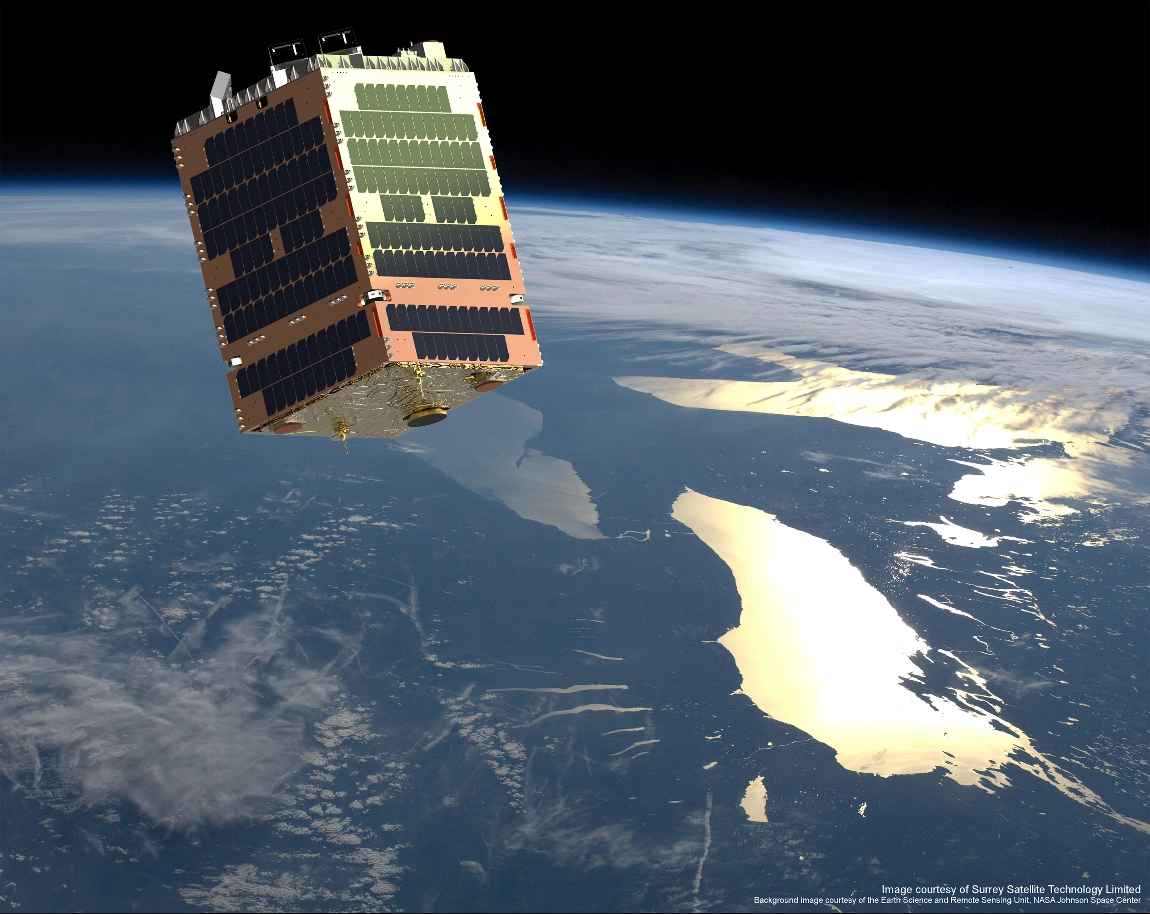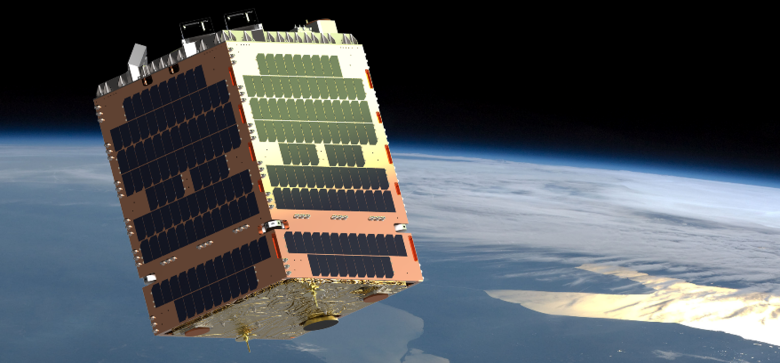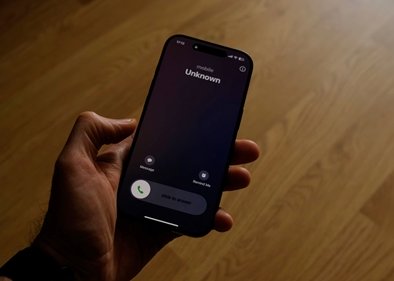Successful 5G trials conducted with Vodafone and Telesat’s LEO backhaul technology installed at University of Surrey’s 5G Innovation Centre
Telesat, a leading global satellite operator, Vodafone Group and the University of Surrey have successfully demonstrated that Low Earth Orbit (LEO) satellites can provide effective backhaul transport for mobile network operators (MNOs), including advanced backhaul solutions for 5G.

Vodafone, Telesat and U of Surrey conducted live 5G testing and demos last month on Telesat’s Phase 1 LEO Satellite, artist rendering from SSTL
Low Earth Orbit satellites orbit between 400-1,200 miles above the earth’s surface (around 21,000 miles lower than a geostationary satellite). They are also not fixed in space, moving instead at very high speeds and handing traffic off between them. They provide secure and resilient global telecommunications to unserved and underserved regions with telecoms voice and data services.
The world’s first live test of 5G services using a LEO satellite was conducted last month with Telesat’s Phase 1 LEO satellite connected to the University of Surrey’s 5G test bed network. Specialist Vodafone engineers supported the trial and the company provided some funding and arranged licensing.
Test results confirmed a network reaction time (round trip latency) of 18-40 milliseconds, among the lowest ever for a satellite connection. The demonstration supported video chatting, web browsing and simultaneous streaming of up to 8K video. The team also transferred 4K video to the edge of the 5G network, demonstrating a key 5G future use case.
John Miller, Senior manager, satellite demand and customer design for Vodafone Group, said: “The use of LEO satellites provides an additional mobile backhaul option and can be an important part of the delivery system particularly to customers in our markets who live in rural areas.”
“The University of Surrey is very pleased to have participated with Vodafone and Telesat, two of the most innovative companies in their respective industries, in live 5G testing over a LEO satellite,” said Professor Barry Evans, University of Surrey. “The University’s 5G Innovation Centre has a mission to bring together leading academics and industry partners to help define and develop 5G infrastructure that will affect the way we communicate, work and live our everyday lives in the future. The recent testing in which we conducted live transmissions of 4K and 8K video via Telesat’s Phase 1 LEO satellite connected to our 5G network is a great example of how the University of Surrey is fulfilling this mission in practice. The University is proud to be part of this achievement and looks forward to continuing to support industry as we all work to unlock the potential of 5G services for the world’s mobile subscribers.”
“Providing cost effective, high performance backhaul services to MNOs seeking to extend their 4G and 5G networks is an important market for Telesat’s LEO program,” said Erwin Hudson, Vice President, Telesat LEO. “Telesat is collaborating with leading customers like Vodafone, who are experts in their markets, to perform tests and demonstrations on our Phase 1 LEO satellite that help us optimise the design of our LEO system to most effectively meet their future requirements. This collaboration enables Telesat to integrate features and solutions into our LEO constellation that will give our customers a powerful competitive advantage and allow them to best serve their end-users. We congratulate Vodafone and the University of Surrey in achieving this important industry first and we thank them for their participation and support throughout this test program.”

























